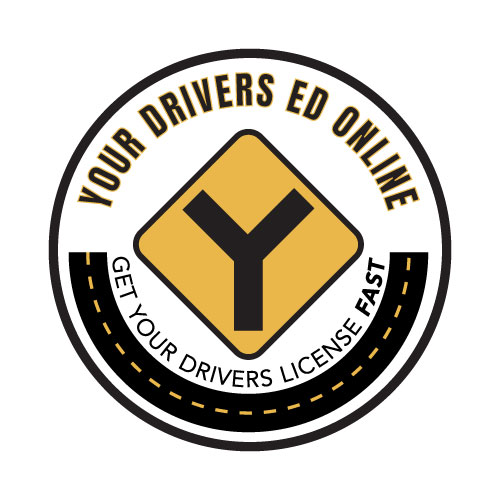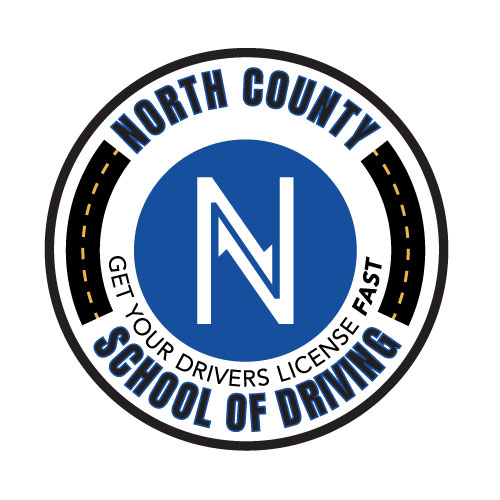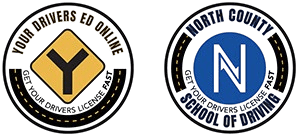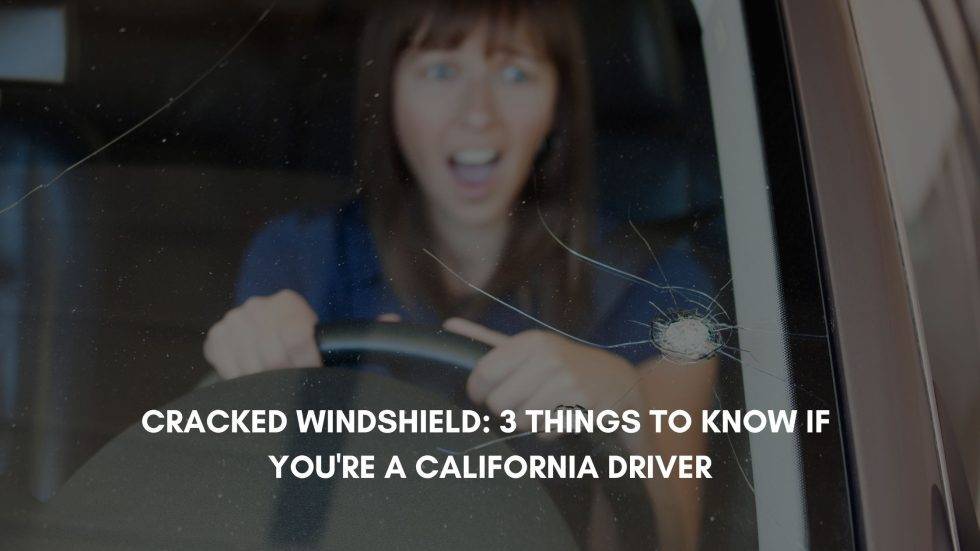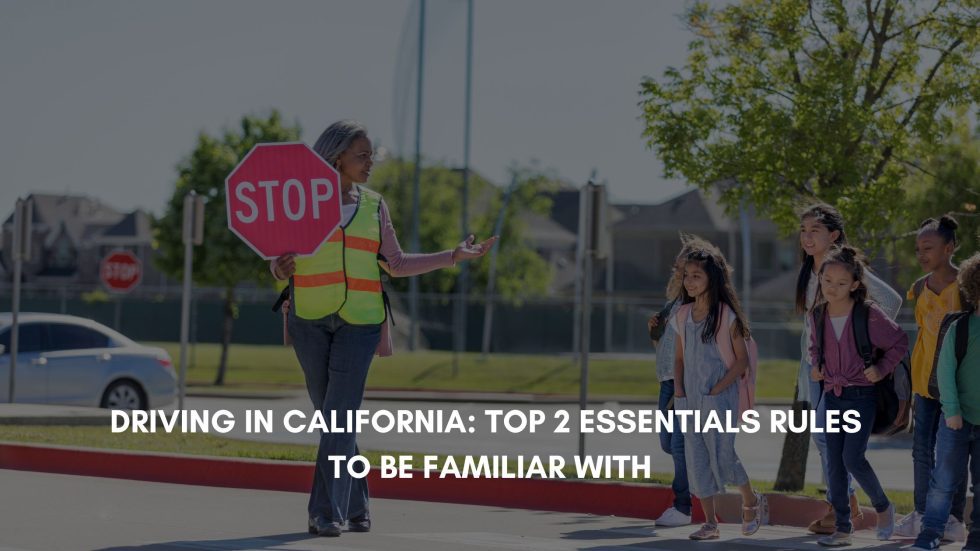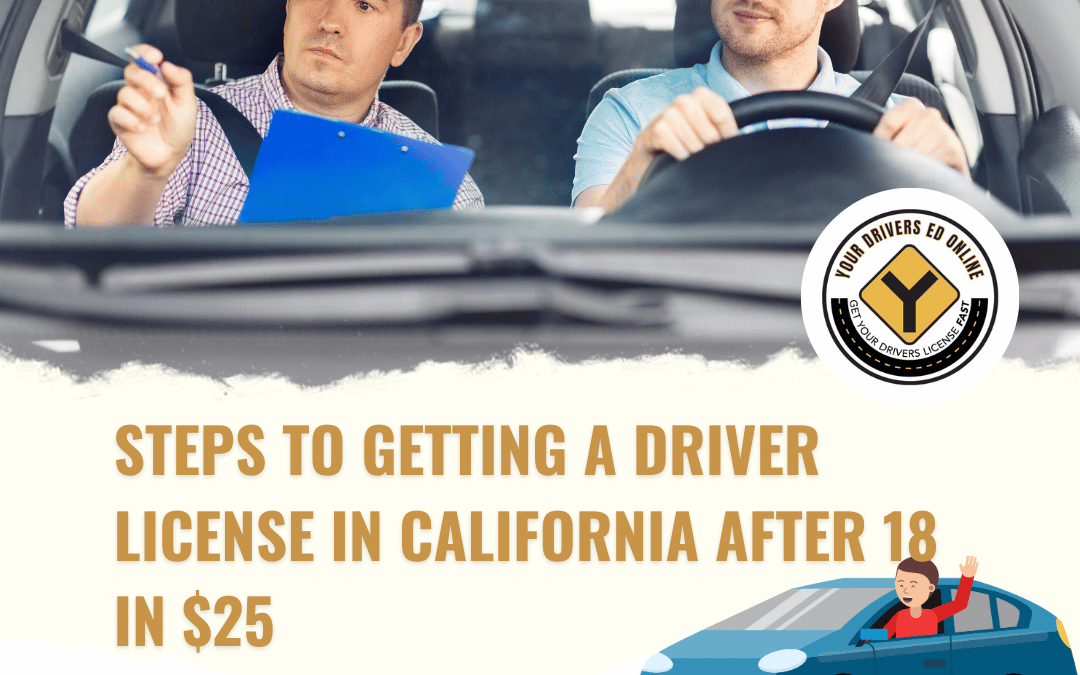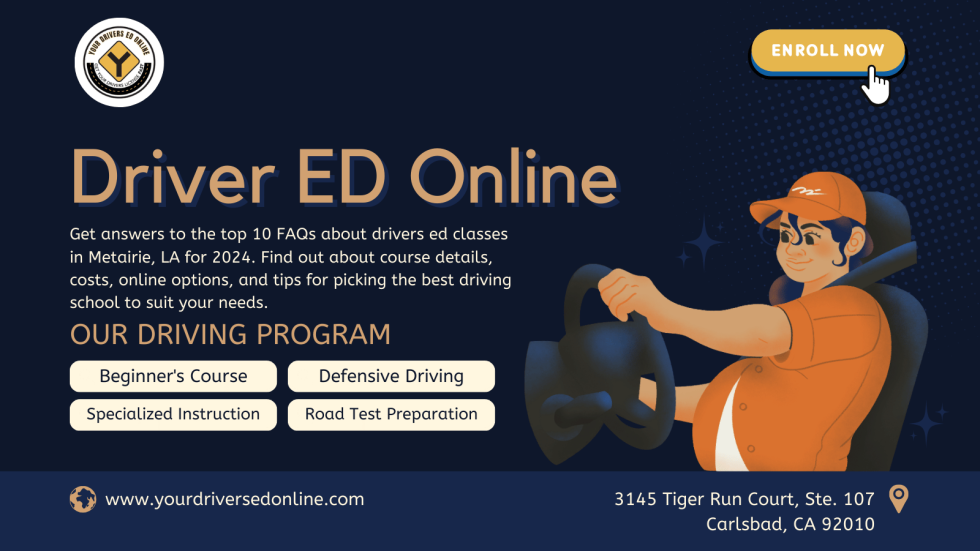Table of Contents
The day you earn the privilege to drive is one of the most exciting days of your young life, especially if you’re getting the privilege of driving in California. Obtaining your license in the Golden State puts you on a journey towards independence. However, this privilege comes with great responsibility, and many rules must be followed to ensure everyone’s safety. Every California driver should be well aware of local regulations and laws before getting behind the wheel. Make sure you keep yourself informed about what is acceptable and unacceptable on the road so that you protect yourself and other drivers from danger. With your license comes a world of adventure — just remember to keep safety first at all times.
In this article, we will cover some of the most basic rules to follow when driving in California. These rules have been highlighted by the DMV as essential things to know before anyone gets behind the wheel in California.
#1: Right of Way For Driving in California
Depending on the state you live in, this could vary depending on local laws so it’s good to do some research before heading to another state. But when driving in California it’s a good rule of thumb to never assume another driver is going to give you the right of way. Always be ready to yield, even if you do not think you need to, in order to avoid a collision. In this section we will look at right-of-way rules in California.
Pedestrians:
First, what is a pedestrian? A pedestrian is an individual who travels on foot and generally avoids motorized vehicles (e.g. cars and motorbikes). Pedestrians use different methods of transport; some may walk, others skateboard, or ride a scooter. Now that you know what a pedestrian may look like, let’s dive into the rules of right of way in California when dealing with them.
- The first rule of thumb is that even if a pedestrian is crossing the street where they shouldn’t, as a driver you must use extreme caution not to hit them. A pedestrian in almost all cases has the right of way.
- Never stop in a crosswalk. This makes it dangerous for pedestrians who have the right of way to cross.
- If a car in front of you stops at a crosswalk it is never ok to swerve around or pass them. They are likely stopping for a pedestrian you cannot see.
- The only time it’s acceptable to drive on a sidewalk is if you’re pulling into a driveway.
- If you make eye contact with a pedestrian on the sidewalk it’s a good sign they are looking to cross the street so make sure you yield to them.
- Make sure to allow extra time for pedestrians to cross the street if they have small children with them, are elderly, or disabled.
Crosswalks:
At a crosswalk, yielding as a driver requires attention and respect for pedestrians. Drivers should always reduce their speed to safely navigate the area, coming to a safe and complete stop if necessary. Additionally, when turning across a crosswalk, it is important for drivers to not begin turning until pedestrians have passed the entire crosswalk space. Doing so will ensure the safety of all involved parties as crossing the street is always an unavoidable risk. Awareness of one’s surroundings is key in situations like this, requiring drivers to orchestrate their motion around other vehicles and pedestrians near the crosswalk in order to obey traffic laws and drive safely.
Intersections:
As a driver, yielding at intersections is a critical part of road safety. At stop signs, you should completely stop your vehicle before proceeding. Before crossing any intersection with a flashing red light, you must also come to a complete stop and check the traffic in all directions to ensure no one else has the right of way before continuing on. At yield signs, you need to significantly reduce the speed of the car and prepare to stop if necessary – proceed only when it is safe to do so. By properly following these safety rules at intersections, you can help make sure everyone stays safe on the roads.
Roundabouts:
Roundabouts are becoming increasingly popular as a way to improve traffic flow. To yield effectively when approaching and navigating them can be tricky, but knowing the main protocols will help keep the flow of traffic moving. When you approach the roundabout, slow down and adhere to any yield signs that may be posted. As you enter, always give right-of-way to vehicles already inside. That means if you spot another vehicle coming up at your right side, you need to slow down and allow them to pass before proceeding. At each point while going through the roundabout, look around and make sure there isn’t another car coming since they have precedence over those who are in it. Lastly, use your blinkers as appropriate to indicate which exit you’re taking when leaving the roundabout. By staying mindful of other drivers and signaling clearly where necessary, yielding safely at roundabouts is possible for everyone.
Mountains/Tight Roads:
Who has the right of way on mountain roads can be tricky as they are typically full of twists and turns, with limited visibility. As a general rule, the vehicle most likely to have the right of way is one traveling uphill; however, in situations where there are multiple vehicles on the same road, or where a vehicle traveling downhill may need to yield to other users such as hikers and cyclists, the law expects vehicles to practice courtesy and common sense when maneuvering around each other. All drivers should drive with great caution while on mountain roads and be aware of their surroundings so they can properly anticipate the behavior of fellow travelers.
#2: Speed Limits for Driving in California
When driving in California the general rule of speed limits is to drive only at a rate that is safe with the current road/weather conditions. These conditions could include things like, fog/rain, number of drivers on the road, pedestrians/bikers, and road conditions such as icy or dirt roads. With this being said there are many conditions in which a driver must be prepared to reduce their speed. Those are:
Weather Conditions:
Driving safely in hazardous weather conditions is essential, not only for yourself but also for other drivers on the road. Reducing your speed is a crucial precaution to take when there’s inclement weather, including heavy rain, snow, and fog. Slowing down will give you more reaction time if something goes wrong and will maximize traction for better control over the vehicle. Additionally, driving too fast can make tire hydroplaning nearly impossible to avoid. By taking it easy and obeying recommended speed limits when dealing with inclement weather, you are making sure that everyone on the road remains safe and sound.
Heavy Traffic:
As a driver, it is vital to reduce your speed when dealing with heavy traffic for everyone’s safety. Heavy traffic can easily cause distractions and collisions if drivers are not paying close attention to the vehicles around them. If a car were driving too fast for the given situation, it would be more difficult to slow down quickly in the event of an emergency, especially during times when traffic is congested. Likewise, there must be enough distance between cars to allow each vehicle adequate time to safely move into another lane if they choose.
Reducing speed allows drivers more control behind the wheel and helps create a safe environment on the roads by making sure each driver has enough reaction time if something unexpected happens on the road. Reduce speed, stay alert and practice patience; these are all important components in managing the dangers of traffic congestion.
Towing:
Towing is an inherently difficult task and slowing down your speed is essential for safety. When towing a trailer or other vehicle it makes the vehicle more unstable and easier lose control at high speeds. Driving at a speed that’s too fast reduces the reaction time you have if something unexpected happens while you’re behind the wheel. Finally, reducing your speed while towing will reduce damage to the equipment and contents and can even reduce costs in terms of having to replace or repair parts that get worn out due to excessive wear when traveling at higher speeds.
Around Children and Pedestrians:
As we all share the roads, it is our responsibility to ensure we are keeping everyone safe. When driving, this is especially true when around children or pedestrians. Not only are they physically more vulnerable but they can also be unpredictable and people may need a little extra time to react when crossing streets.
Reducing your speed in situations like these allows you to maintain complete control of your vehicle and will give you that extra reaction time needed should an unexpected event arise. At the end of the day, no destination is worth putting someone else’s life at risk for, so remember – slow down and drive with caution whenever you’re with those who are not behind the wheel themselves.
Blind Intersections:
Adhering to the posted speed limit at all times is one of the most important aspects of safe driving. This is especially true when driving through blind intersections. Not being able to see what’s on the other side of an intersection can be dangerous, as you could be in close proximity to another vehicle or pedestrian who may not be aware of your presence and has difficulty accessing safe travel if you are moving too quickly.
Reducing your speed at a blind intersection allows drivers more time to check their surroundings and make sure it is clear before proceeding. It also helps create a safer environment for pedestrians, cyclists and other vehicles which makes it a win-win situation for everyone involved.
To learn more about speed limits when driving in California click the link here.
Conclusion:
Knowing speed limits and right of way rules is essential for safe driving. These rules have been created to help everyone on the road. The speed limits in particular can help keep drivers from speeding and ensure that they are aware of potential danger on certain roads. Knowing the proper right of way can help avoid confusion on the road, ensuring that each driver knows who has the priority at an intersection or a roundabout.
As a result, drivers can plan ahead for their route and be assured that other drivers will respect their authority to move ahead. By following both speed limits and right of way rules, drivers can significantly reduce the chance of a car accident or injury.
Driving in California: Essential FAQ for Safe Travels
When you get behind the wheel in California, understanding the rules of the road is crucial for your safety and the safety of others. Let’s dive into some frequently asked questions about driving in California:
#1: Right of Way in California: Who Goes First?
Right-of-way rules help you navigate intersections, crosswalks, and other scenarios. Remember, always yield if it prevents an accident, even if you technically have the right of way.
- Pedestrians:
- Pedestrians have the right of way in marked crosswalks and at intersections, even if the crosswalk isn’t marked.
- Never stop in a crosswalk, as it blocks their path.
- Yield to pedestrians, especially those who are elderly, disabled, or with children.
- Crosswalks:
- Always stop completely before a crosswalk if a pedestrian is present.
- Don’t start turning until pedestrians have completely cleared the crosswalk.
- Intersections:
- At stop signs, come to a complete stop and yield to traffic already in the intersection or approaching from the right.
- At yield signs, slow down and be prepared to stop if necessary. Give way to vehicles already in the intersection.
- Roundabouts:
- Yield to traffic already in the roundabout.
- Enter the roundabout when there’s a safe gap.
- Use your turn signal to indicate your exit.
- Mountains/Tight Roads:
- Uphill traffic generally has the right of way on narrow roads.
- Be prepared to back up if necessary to allow uphill vehicles to pass.
#2: Speed Limits in California: How Fast Can I Go?
The speed limit in California isn’t just a suggestion; it’s the law. However, there are times when you need to adjust your speed for safety.
- Weather Conditions: Reduce speed in rain, snow, fog, or other hazardous conditions.
- Heavy Traffic: Slow down when traffic is congested to maintain a safe following distance.
- Towing: Lower your speed when towing a trailer or another vehicle.
- Around Children and Pedestrians: Drive slowly and cautiously in areas where children or pedestrians may be present.
- Blind Intersections: Approach blind intersections slowly and be prepared to stop if necessary.
